The second-most commonly-seen image is probably the statue that stands in the United States Capitol, one of two statues representing the Commonwealth of Pennsylvania. This statue, which was created in 1889 by Blanche Nevin, hardly resembles the Trumbull and Martin Gallery portraits. It depicts Muhlenberg as the new colonel of the 8th Virginia Regiment, removing his pastor’s robe to reveal a military uniform. It appears to be a Continental Army uniform, which would be incorrect--the 8th Virginia was a Provincial Virginia regiment for the first several months of its existence. He may, in fact, have worn the same hunting shirt that his junior officers and enlisted men wore. This statue is the prototype for countless other images of Muhlenberg as a dashing young pastor surprising his congregation by revealing a uniform under his cloak. Neither his commission nor his uniform were in fact a surprise, though there is no reason to doubt the sermon.
Trumbull worked hard to make his depiction of the people in his history paintings as accurate as possible. He wrote that “to transmit to their descendants, the personal resemblance of those who have been the great actors in those illustrious scenes” was one of the goals of his patriotic painting. A war veteran from a prominent Connecticut family, Trumbull knew many of his subjects personally.
(Updated 9/17/21) More from The 8th Virginia Regiment
3 Comments
As a temporary force, only hints about how Maxwell’s Light Infantry was structured survive, but it seems the soldiers were organized by their home brigades, as one would expect. The 8th was part of the 4th Virginia Brigade, commanded by Gen. Charles Scott. The recollections of a deserter from the 12th Virginia Regiment make it fairly clear that 8th Virginia Capt. William Darke was one of two captains sent by Scott to Maxwell. William Walker, also from the Scott's Brigade (and the 4th Virginia Regiment), left this colorful recollection of the events just before the Battle of Cooch’s Bridge: “At this place [a unit was formed composed of] 8 hundred men, chiefly volunteers, called the detached light infantry, I being among them. The following are the names of the field officers commanding this party, [Lieutenant Colonel] Rich[ard] Parker, [Lieutenant] Colonel [William] Heath [Heth] with a glass eye, Colonel [William] Crawford with his leather hunting shirt, pantaloons and Rifle, Colonel [Alexander] Martin from North Carolina. General [William] Maxwell being the commander, we marched to a place called Iron Hill where we remained until the 2nd of September, the enemy being as yet stationary, when a very bloody conflict ensued.” A week later, the unit spent many hours skirmishing with the enemy during the early hours of the Battle of the Brandywine—most of it exposed and alone on the enemy’s side of the river. There is no known roster of men who were detached to Maxwell’s command. In most cases, there is simply no way to know unless they left a record of it themselves. Fortunately, in the 8th Virginia's case, notes on the August, 1777 muster roll appear to tell us who they were. The roll, taken September 2, lists one sergeant and 29 privates as “at the lines” or “on command at the lines.” September 2 was the day before the Battle of Cooch’s Bridge. Maxwell's Light Infantry was the only Continental unit engaged in that battle. Therefore, this seems to be a fairly clear indication that these men were serving in the temporary battalion. There are a total of 31 men listed below: Capt. William Darke, Sgt. Edward McCarty, and 29 privates. It is probably not a complete list. Each brigade was ordered to furnish “one Field Officer, two Captains, six Subalterns, eight Serjeants and 100 Rank & File from each brigade.” Only half of the 8th Virginia's companies are represented. This reflects, in part, the uneven effect of malaria on the troops the year before. Darke's and Knox's companies were virtually wiped out, and the latter company was eliminated when Knox joined Morgan. Higgins' company, raised as a replacement unit, never had more than a handful of men. It is harder to explain why the companies of Jonathan Clark and Thomas Berry are not represented. It could be that for those companies no notation was made on the August muster roll. Alternately, they may simply have not contributed any men to Maxwell. This seems more likely because--at 29 privates--the 8th was already someone overrepresented coming from a brigade with five regiments. Western troops, like those in the 8th, were considered to be natural light infantrymen, so this overrepresentation is not surprising.
Capt. Slaughter’s Company: Pvt. William Campbell Pvt. Joseph Delaney Pvt. William Fincham Pvt. James Johnston* Pvt. William Robert Pvt. Richard Roberts Pvt. John Rosson Pvt. Elzaphan Rucker Pvt. James Vowels Capt. David Stephenson’s Company: Pvt. Cornelius Cain Pvt. William Donavan Capt. Westfall’s Company: Sgt. Edward McCarty Pvt. Richard Cain Pvt. Zachariah Pigman Pvt. John Williams *Pvt. James Johnston reported in his pension affidavit in 1832, "I was then attached to the Company of Light infantry and sent to the Iron hills near the head of Elk under the Command of Genl. Sullivan we had a small skirmish with the British. We then returned to the main army and I joined my own regiment on the Evening before the battle of Brandywine." That Johnston's memory is imperfect is clear from his misidentification of General Maxwell as General Sullivan. His report that he rejoined the regiment the night before Brandywine might be read to sow doubt on the participation of other detached men from the regiment in Maxwell's maneuvers on the American left at Brandywine. Unlike the other men listed above, however, Johnson is not listed as detached the September muster roll. I interpret that to mean that his short detachment was unique. [Updated 8/7/17 to add Pvt. William Donavan. Updated 9/12/20 to add James Johnston. Revised, 9/28/20.] Read More: "The 'B Team' of 1777: Maxwell's Light Infantry." More from The 8th Virginia Regiment
In 1777, the main body of the regiment served in Maj. Gen. Adam Stephen's division at Brandywine and Germantown. A small group of riflemen from the 8th were detached to Daniel Morgan’s Rifle Battalion under the command of Captain James Knox and participated in the Saratoga campaign. A few dozen were detached for a month to William Maxwell's Light Infantry in August and September of 1777 under the command of Captain (later and retroactively Major) William Darke, at Cooch's Bridge and Brandywine. Stephen was replaced by the Marquis de Lafayette late in the year. In 1778, with its ranks severely depleted by disease, casualties, and expired enlistments, the 8th was folded into the 4th Virginia after the Battle of Monmouth. 1776 Southern Campaign (Sullivan’s Island, Savannah, Sunbury): Gen. George Washington, Commander in Chief (not present) Maj. Gen. Charles Lee, Commander of the Southern District Brig. Gen. Andrew Lewis (Tidewater service) Brig. Gen. Robert Howe (Cape Fear, Charleston, Savannah, Sunbury) Captain Croghan Detachment attached to 1st Virginia (White Plains, Trenton, Assunpink Creek, Princeton): Maj. Gen. Joseph Spencer (White Plains) Maj. Gen. Nathanael Greene (Trenton and Princeton) Col. George Weedon (temporary brigade at Fort Washington) Brig. Gen. William Alexander, Earl of Stirling (White Plains through Trenton) Brig. Gen. Hugh Mercer (Princeton) 1777 Philadelphia Campaign (Brandywine, Germantown, Valley Forge) Gen. George Washington, Commander in Chief Maj. Gen. Benjamin Lincoln (New Jersey rendezvous) Maj. Gen. Adam Stephen (Brandywine, Germantown) Maj. Gen. Gilbert du Motier, Marquis de Lafayette (Valley Forge) Brig. Gen. Charles Scott Captain Knox Detachment under Colonel Daniel Morgan (Saratoga) Maj. Gen. Horatio Gates Maj. Gen. Benjamin Lincoln Captain Darke Detachment in Maxwell's Light Infantry (Cooch's Bridge, Brandywine) Brig. Gen. William Maxwell 1778 Campaign (Valley Forge, Monmouth): Gen. George Washington, Commander in Chief Maj. Gen. Gilbert du Motier, Marquis de Lafayette Maj. Gen. Charles Lee (at Monmouth) Brig. Gen. Charles Scott Col. William Grayson (temporary brigade commander at Monmouth) More from The 8th Virginia Regiment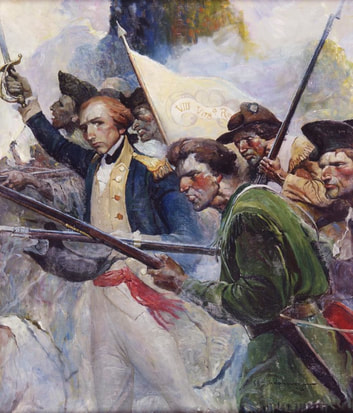 Watching news of the coordinated terrorist attacks in Paris, I'm thinking about the longstanding alliance America has with France. France was our first important ally--we may not have won the Revolution with out her. The Statue of Liberty, a gift from France, is a great symbol of our friendship. In 1777, the 8th Virginia fought at Brandywine alongside a 19 year-old French volunteer named Lafayette. After the Battle of Germantown, Lafayette was given his own Division, and the 8th was part of it. In 1921 Frank Schoonover depicted Lafayette encouraging the men in front of the regiment's banner in this painting. Many years later, America honored the alliance by sending soldiers across the Atlantic to save France. On July 4, 1917 American Colonel Charles Stanton went to Lafayette's tomb and said, "America has joined forces with the Allied Powers, and what we have of blood and treasure are yours. Therefore it is that with loving pride we drape the colors in tribute of respect to this citizen of your great republic. And here and now, in the presence of the illustrious dead, we pledge our hearts and our honor in carrying this war to a successful issue. Lafayette, we are here." The words "Lafayette, we are here!" ("Lafayette, Nous Voila!") were once famous. Ninety-eight years ago, they gave hope to France--even to those behind enemy lines. They gave meaning to the service of that war's late-arriving American troops and to the sacrifice of those who stormed the beaches of Normandy 27 years later. The World War I generation is gone, and the currency of the phrase has largely gone with them. Today is a good day to revive it. 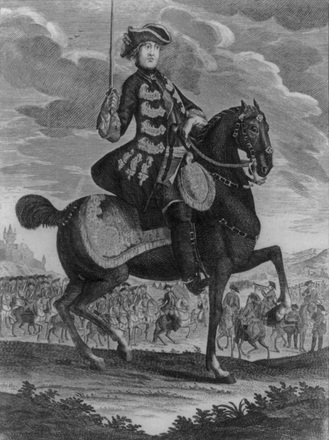 With all the unwelcome attention Fort Lee, N.J., has received lately, people might wonder why a Northern town carries the Southern-sounding name Lee. It is indeed named for a high-ranking general from Virginia — but not the obvious one. This one is buried right here in Philadelphia. Charles Lee was a frustrated British army officer who came to America in 1773 after being repeatedly passed over for promotions in London. After buying a home in Berkeley County, Va. (now in West Virginia), he schmoozed his way into a major general’s commission from the Continental Congress. Like that of an out-of-control rock star, his career soared to stratospheric heights and then plummeted to the lowest of depths in just a few years. Though he could be charming, Lee was not a good man. His approach to military discipline was to “flog them in scores.” Though he hated King George III, a relative of Lee’s wrote, “I think His Majesty and poor Mr. Lee are much upon a par; they are both vain and obstinate.” ...continue to The Philadelphia Inquirer. [Note: Since this essay first appeared in the Philadelphia Inquirer on March 2, 2014, new research by Mark Edward Lender and Garry Wheeler Stone (Fatal Sunday) and Christian McBurney (George Washington's Nemesis) have painted a more positive picture of General Lee's conduct at Monmouth,] More from The 8th Virginia Regiment |
Gabriel Nevilleis researching the history of the Revolutionary War's 8th Virginia Regiment. Its ten companies formed near the frontier, from the Cumberland Gap to Pittsburgh. Categories
All
Archives
June 2024
© 2015-2022 Gabriel Neville
|
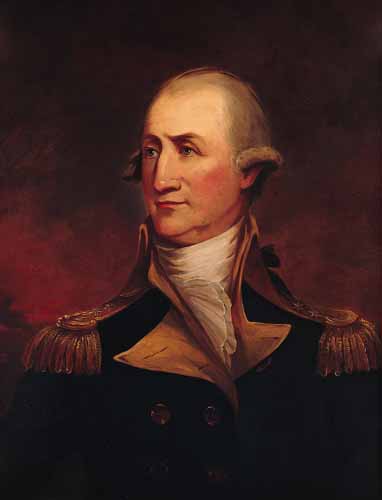
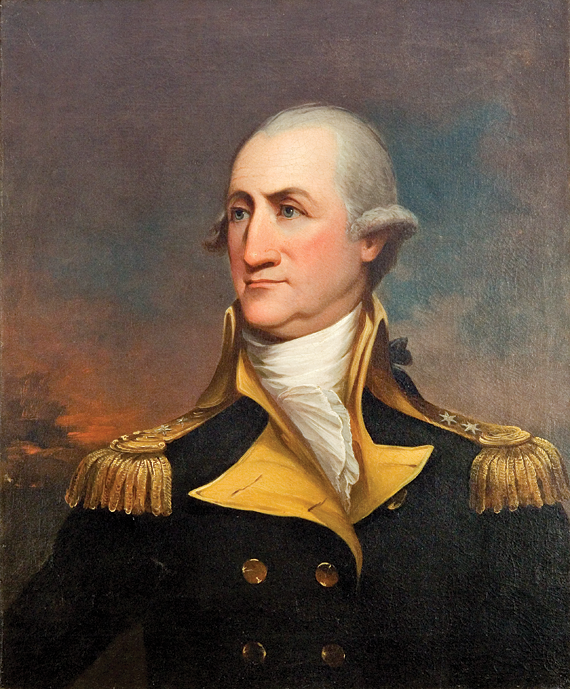
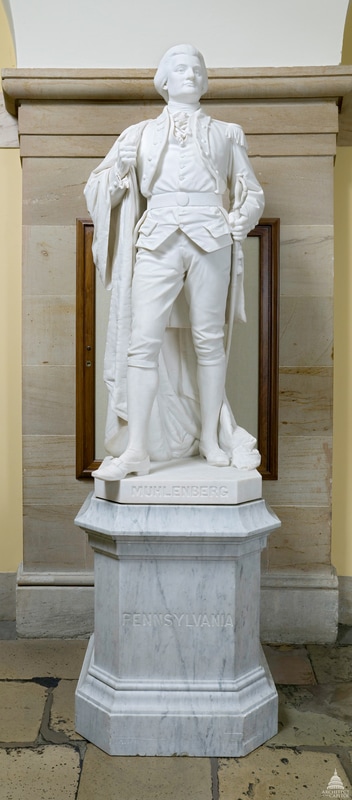
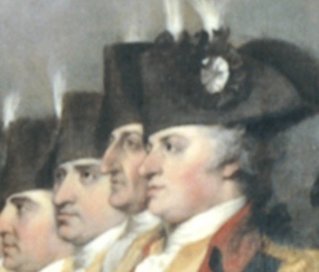
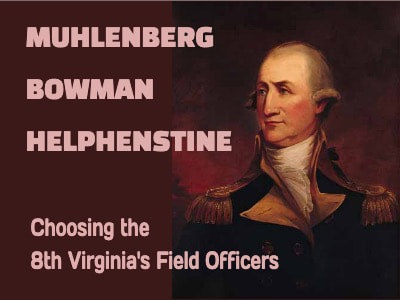
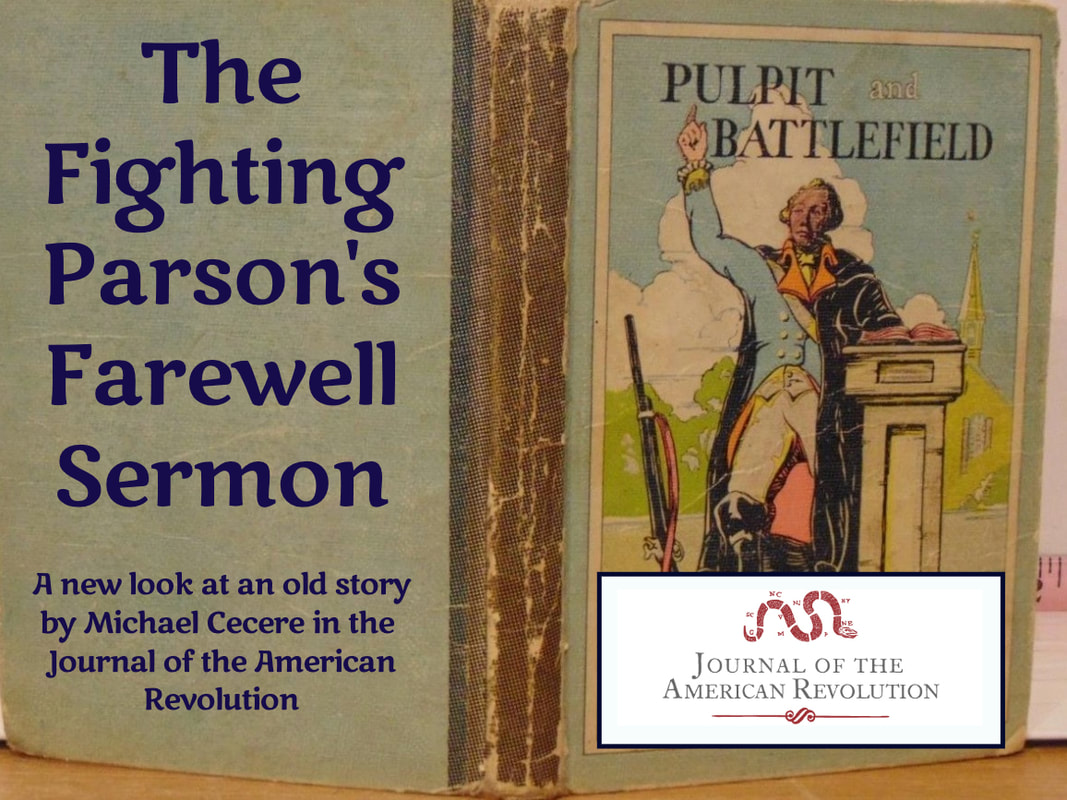
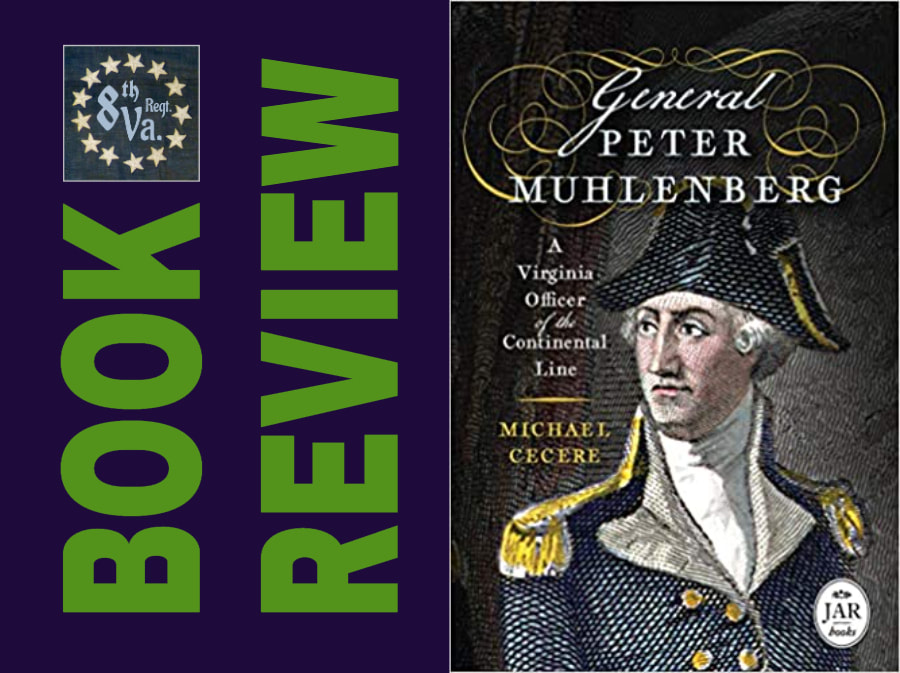
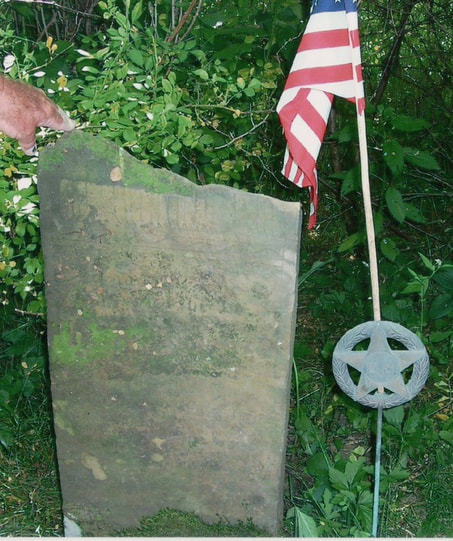
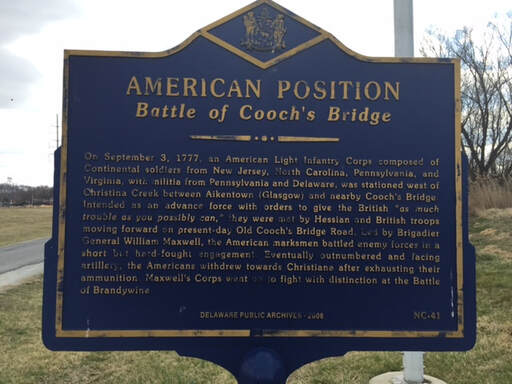
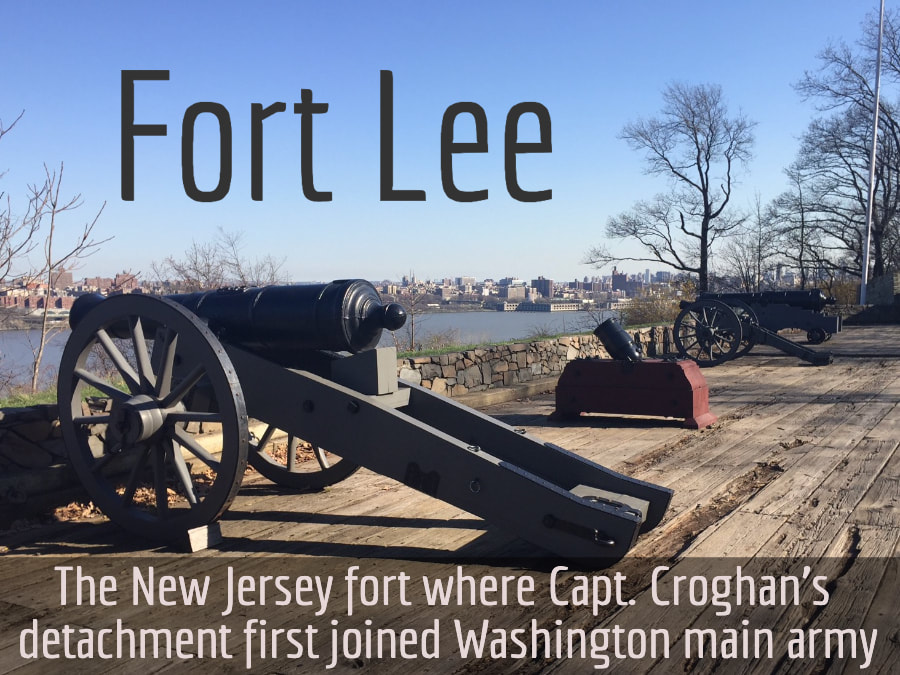
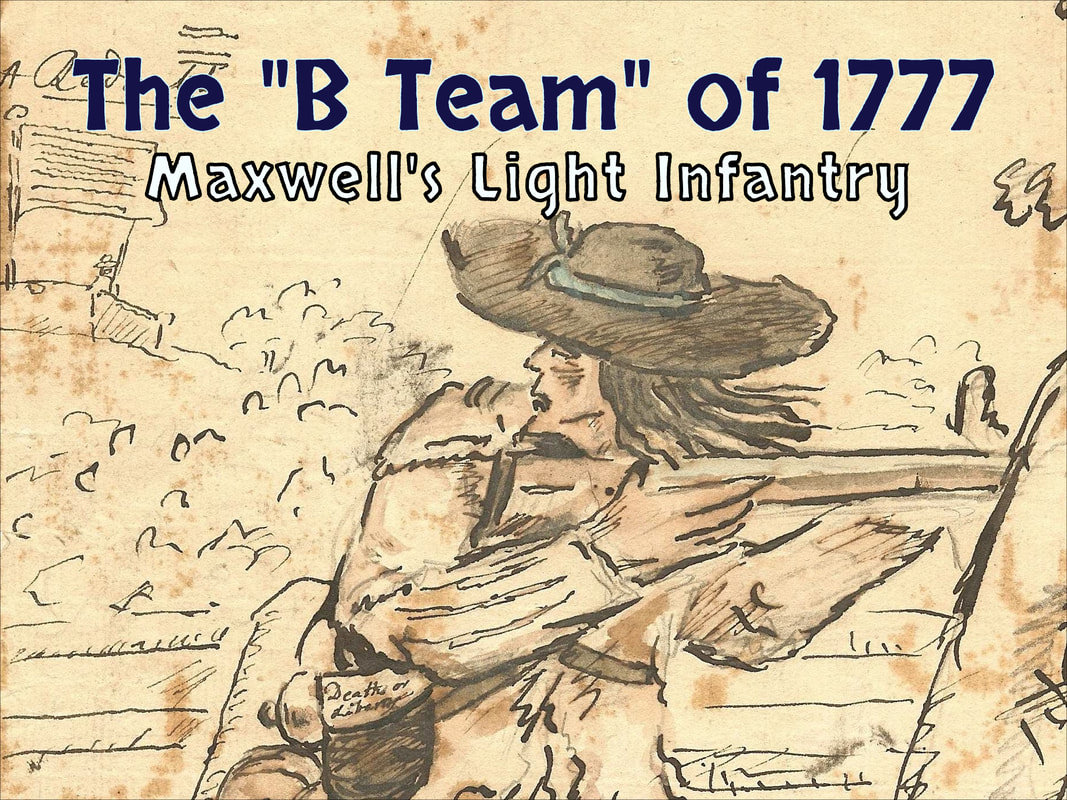
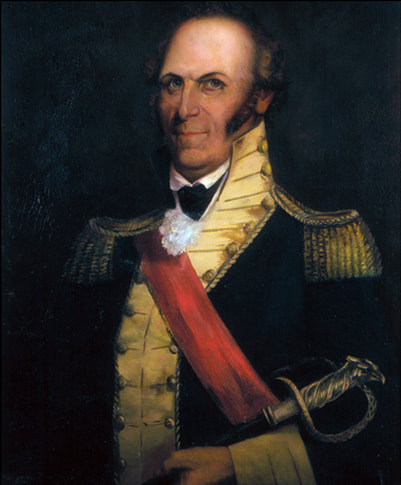
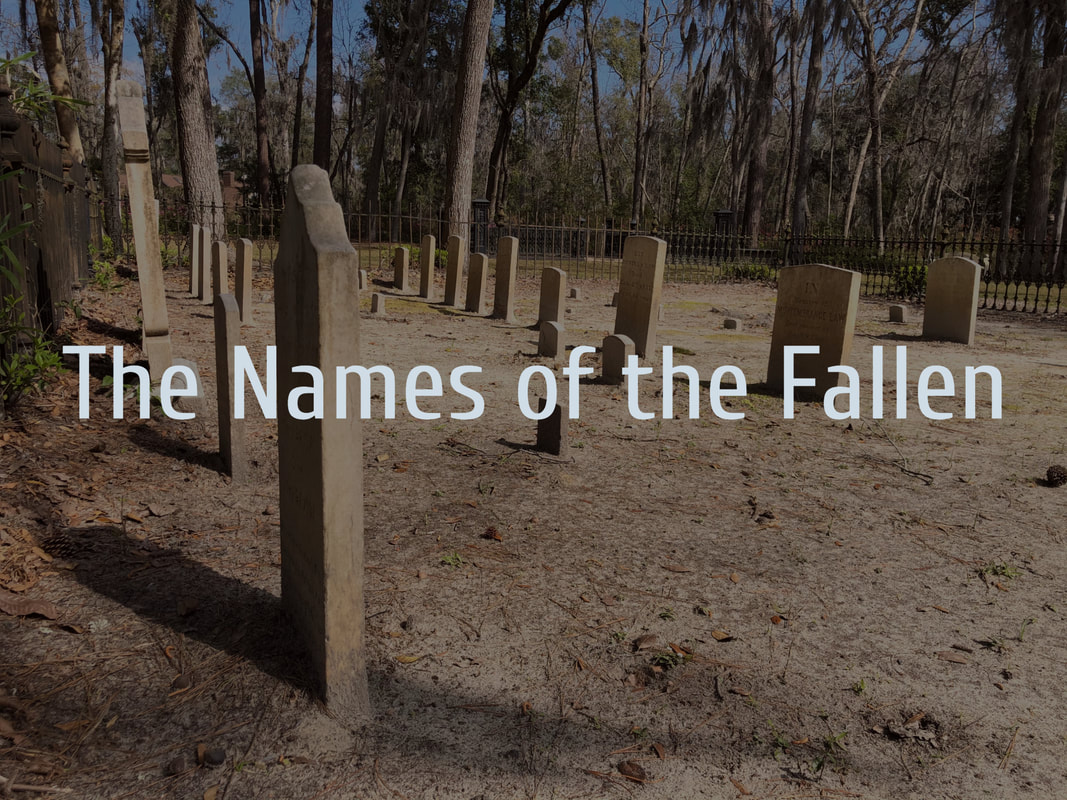
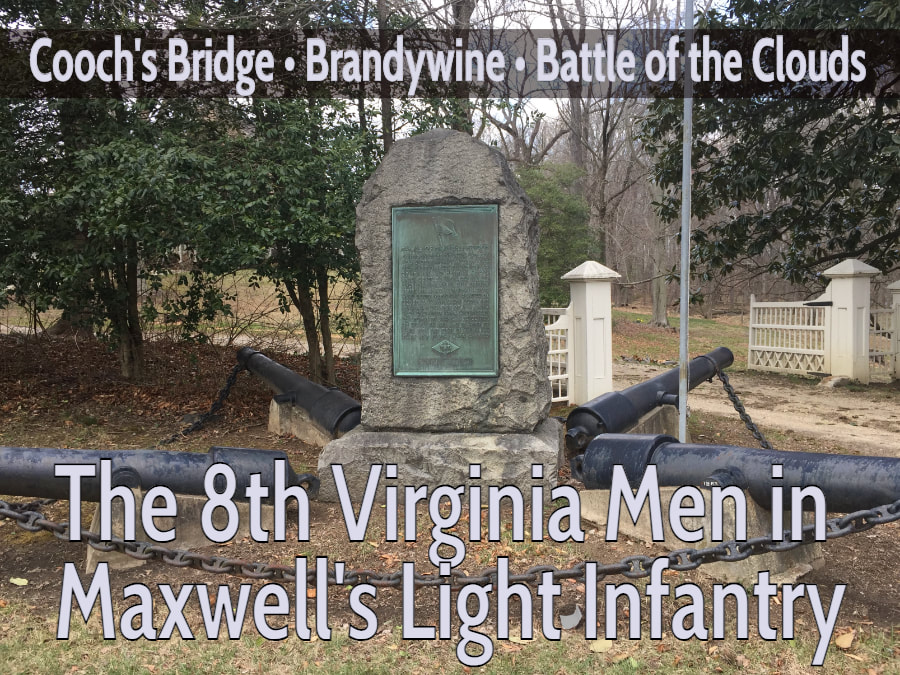
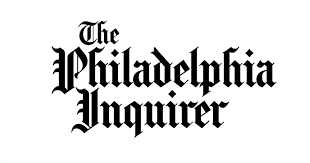
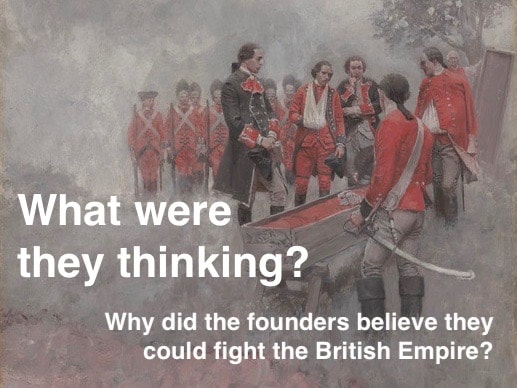
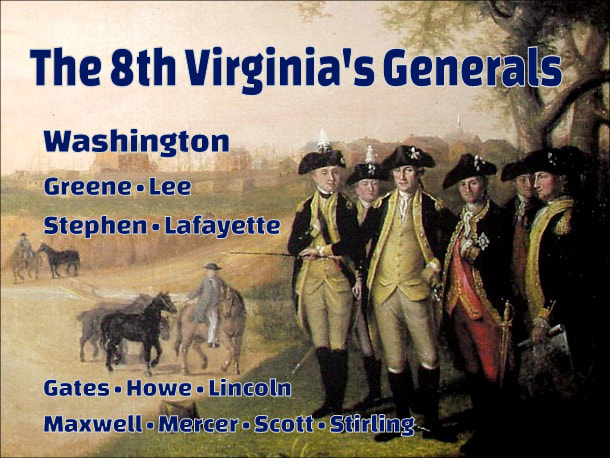
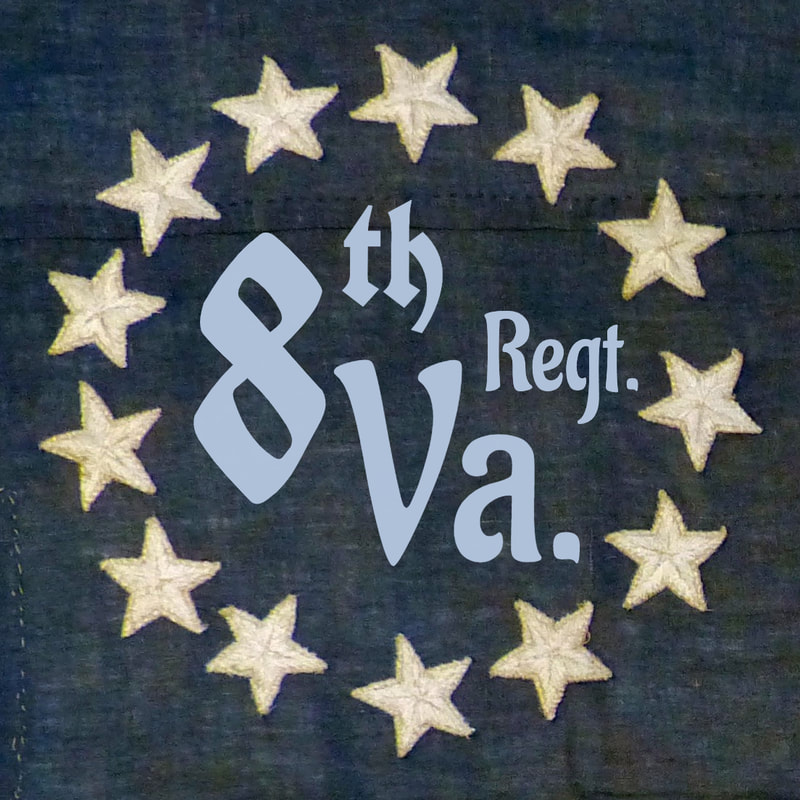
 RSS Feed
RSS Feed